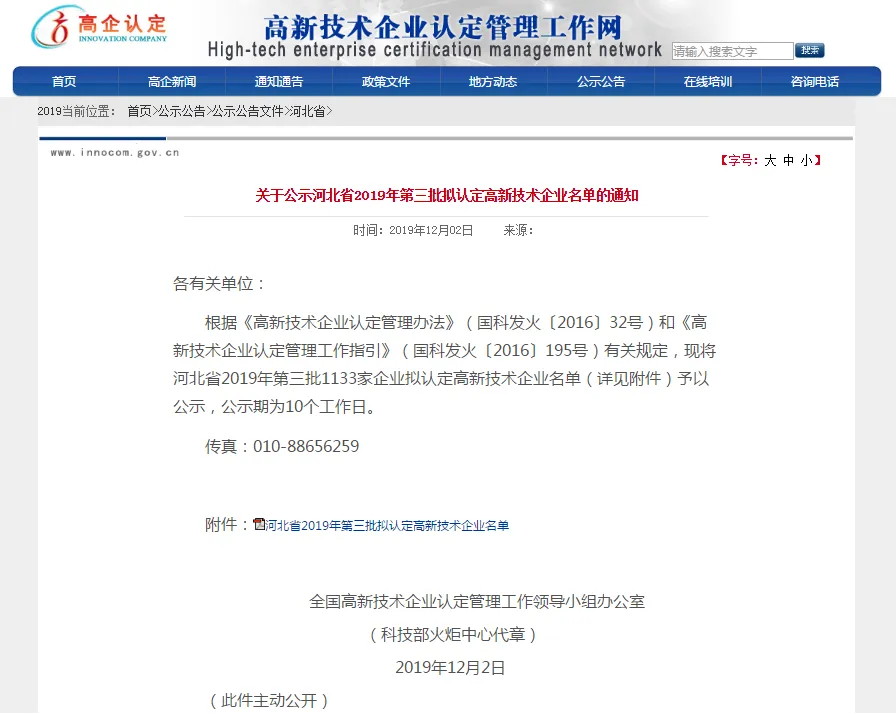The key ingredients in Penstrep 400, penicillin and streptomycin, function through different mechanisms. Penicillin is a beta-lactam antibiotic that inhibits bacterial cell wall synthesis, leading to cell lysis and death. It is particularly effective against gram-positive bacteria, which are common culprits in infections affecting farm animals. Streptomycin, an aminoglycoside antibiotic, works by binding to the bacterial ribosome, disrupting protein synthesis, and is effective against a variety of gram-negative bacteria as well.







